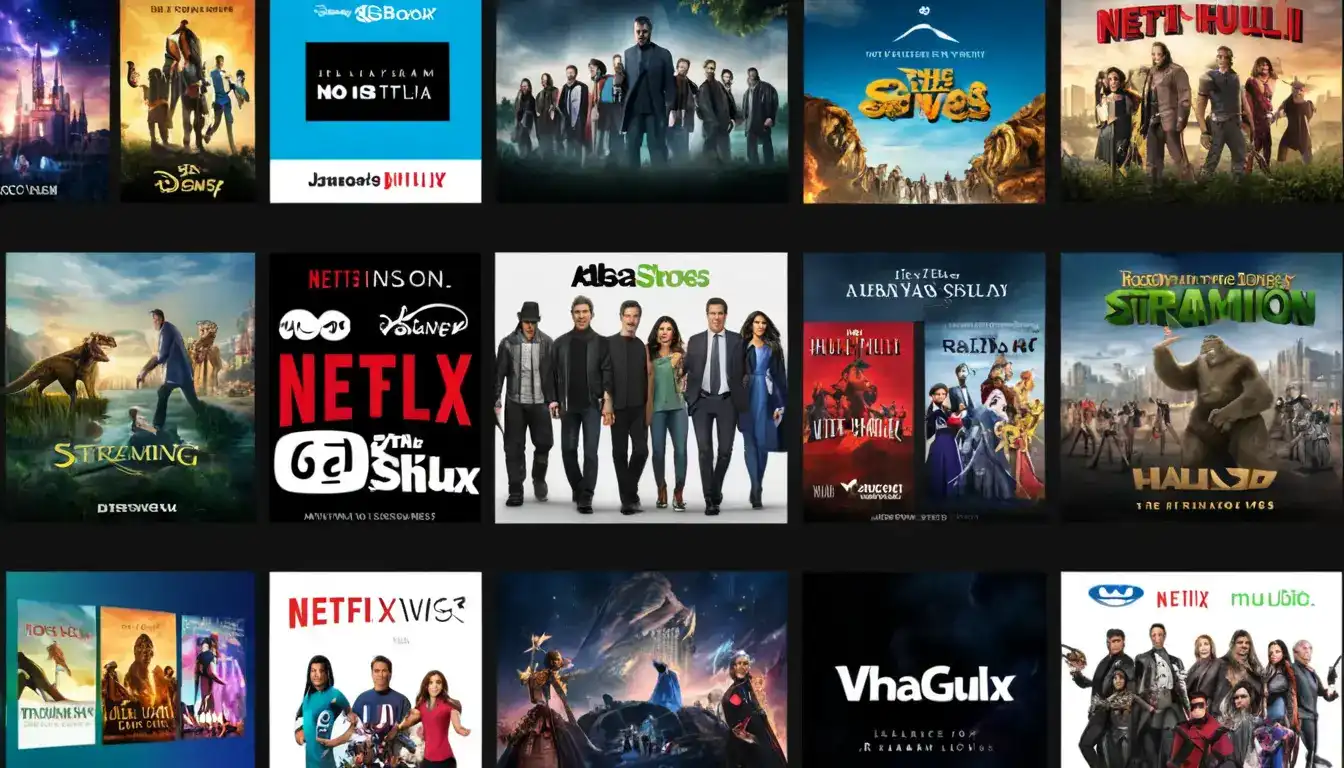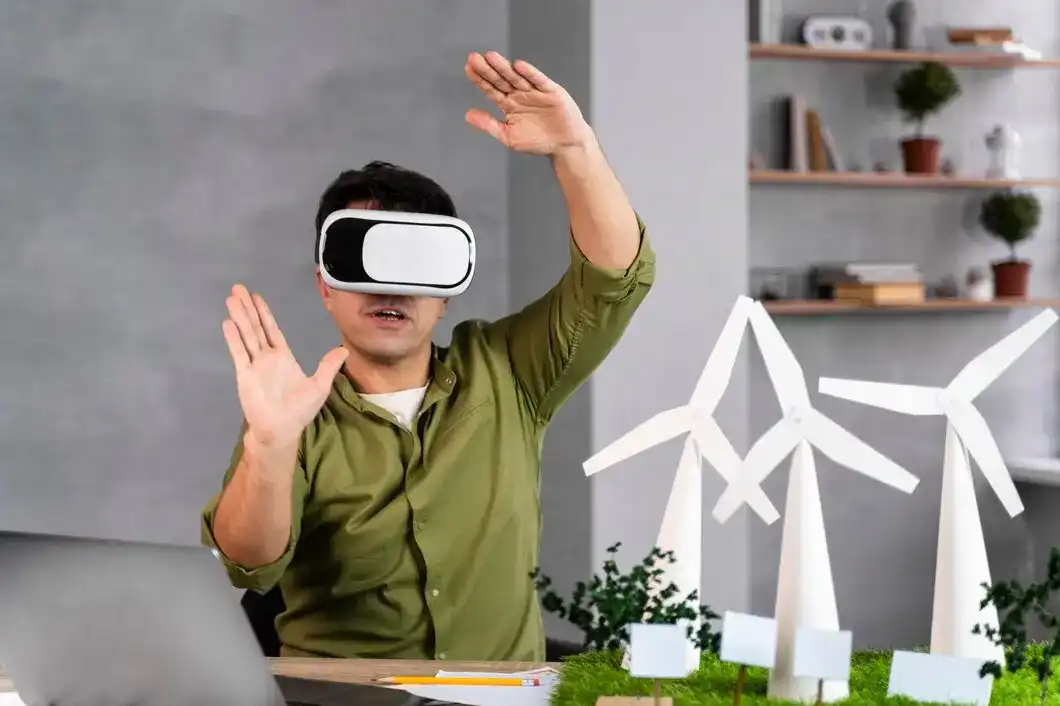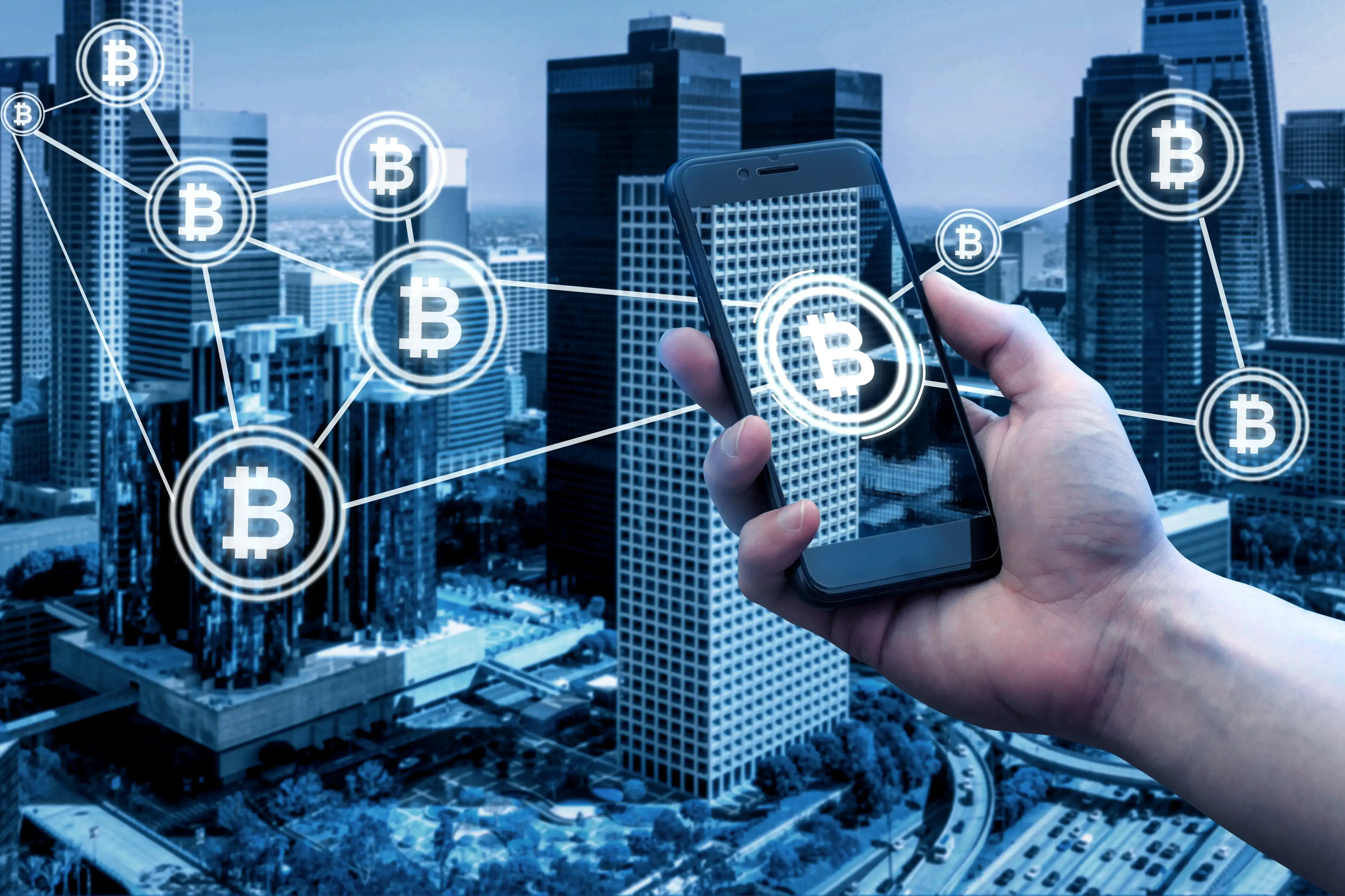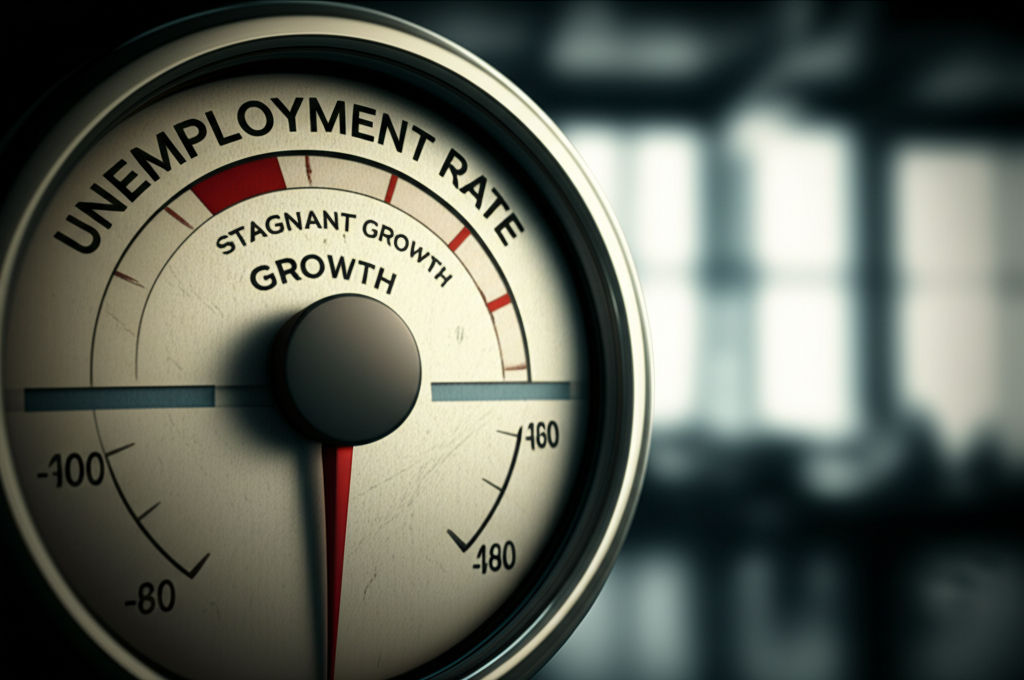Auto Sales Drive Economy
Emily Willis

Photo: Auto Sales Drive Economy
The Unseen Engine: How Auto Sales Drive the Global Economy
The roar of an engine, the gleam of polished chrome, the promise of the open road – for many, a car is more than just transportation; it's a symbol of freedom, progress, and personal mobility. But beneath this surface, the automotive industry, fueled by robust auto sales, acts as a colossal, often unseen engine, powering economies worldwide. From manufacturing behemoths to local repair shops, the ripple effect of car sales extends far beyond the dealership lot, influencing employment, technological advancement, and even government revenue. Understanding the profound economic impact of this sector is crucial for anyone seeking to grasp the intricate workings of modern economies.
The Engine of Growth: How Auto Sales Power the Economy
The automotive industry's contribution to economic growth is multifaceted, touching nearly every aspect of a nation's financial health. It's a complex ecosystem where every vehicle sold initiates a chain reaction of economic activity.
Beyond the Showroom: Direct Economic Contributions
The most immediate impact of auto sales is felt in the direct contributions to the Gross Domestic Product (GDP) and job creation. The sheer scale of vehicle manufacturing demands an enormous workforce and significant capital investment.
- Manufacturing & Production: Car manufacturing is a cornerstone of the global industrial base. It involves massive factories churning out millions of vehicles, along with countless businesses dedicated to producing every component, from tiny semiconductors to colossal engine blocks. This intricate web of production facilities directly contributes to industrial output and economic value. The automotive ecosystem drives approximately $1.2 trillion into the U.S. economy annually, accounting for 4.8% of its GDP.
- Job Creation: The automotive sector is a monumental employer. It supports millions of jobs globally, encompassing everything from engineers designing future models to assembly line workers, sales professionals, and mechanics. In the U.S. alone, the automotive industry supports about 9.6 to 10.1 million jobs, representing nearly 5% of total U.S. jobs and contributing over $730 billion in worker paychecks in 2022. This includes direct employment in manufacturing, sales, finance, insurance, and transportation services. Every direct job in vehicle manufacturing can support an additional 10.5 jobs in the broader economy.
- Research & Development (R&D): The drive for innovation in the automotive sector is relentless. Billions are invested annually in R&D, pushing boundaries in areas like electric vehicle (EV) technology, autonomous driving, and advanced safety features. This investment fosters high-skilled jobs and intellectual property, contributing significantly to a nation's technological prowess and future economic competitiveness. In 2022, the U.S. auto industry invested over $32.8 billion in R&D, ranking fourth highest among manufacturing industries.
The Ripple Effect: Indirect Economic Impact
The influence of auto sales doesn't stop at direct manufacturing and sales. It creates a powerful ripple effect that stimulates numerous other industries.
- Supply Chain: A modern vehicle consists of tens of thousands of parts, sourced from a vast global supply chain. This means the demand for cars translates into demand for steel, aluminum, rubber, plastics, glass, electronics, and countless other raw materials and manufactured components. Thousands of businesses, from mining operations to specialized electronics manufacturers, thrive on supplying the automotive industry. Every $1 spent in vehicle manufacturing creates an additional $3.45 to $4.23 in economic value.
- Logistics & Transportation: Moving raw materials to factories and finished vehicles to dealerships requires an extensive logistics and transportation network. This fuels industries like trucking, rail, and shipping, creating more jobs and economic activity.
- Marketing & Advertising: The competitive nature of the automotive market means significant spending on advertising and marketing, benefiting media companies, advertising agencies, and digital platforms.
Fueling Consumer Confidence and Spending
Automobile sales are often seen as a barometer of consumer sentiment and overall economic health. A car purchase is typically one of the largest investments a household makes, aside from a home, making it a strong indicator of consumer confidence and disposable income.
- Big-Ticket Purchases as Economic Indicators: When consumers feel secure about their jobs and future finances, they are more likely to commit to large purchases like a new car. Conversely, a decline in auto sales can signal economic caution or uncertainty. There is a strong correlation between new car sales and the Consumer Confidence Index.
- Access to Transportation: Widespread car ownership facilitates employment by enabling people to commute to jobs that might otherwise be inaccessible. It also supports leisure activities, tourism, and various service industries that rely on personal mobility.
- Automotive Financing and Insurance Industries: The vast majority of vehicle purchases are financed through loans. As of 2023, nearly 80% of new cars and almost 40% of used cars were purchased with financing, totaling $1.62 trillion in auto loans in the U.S. This drives the banking and financial services sectors, while mandatory auto insurance creates a massive market for insurance providers.
The Used Car Market: A Vital Economic Component
While new car sales often grab headlines, the used car market plays an equally critical role in the economic landscape.
- Affordability and Accessibility: For many consumers, especially those facing economic uncertainties or looking for more cost-effective options, used vehicles offer an accessible entry point to personal transportation.
- Further Job Creation: The used car market generates its own ecosystem of jobs, including used car dealerships, mechanics specializing in repairs and maintenance, and detailers. This sector also contributes to tax revenues.
- Extending Vehicle Life Cycles: The robust used car market ensures that vehicles remain in circulation longer, contributing to the demand for parts, maintenance services, and fuel, further supporting the broader automotive aftermarket.
Government Revenue and Infrastructure
The automotive sector is a significant source of revenue for governments at all levels, which in turn funds essential public services and infrastructure.
- Sales Taxes, Registration Fees, Fuel Taxes: Every new and used vehicle sale generates sales tax. Additionally, annual registration fees, licensing fees, and fuel taxes contribute substantial amounts to state and federal coffers. In 2023, states received over $35 billion in tax revenue from new vehicle sales and more than $20 billion from used vehicle sales. The manufacture, sale, and use of motor vehicles generated over $340 billion in federal, state, and local tax revenues annually.
- Funding for Roads and Public Services: These revenues are vital for maintaining and expanding transportation infrastructure, including roads, bridges, and highways, which are crucial for economic activity. They also support various public services, from education to emergency services.
Navigating the Road Ahead: Challenges and Opportunities
While the automotive industry is a powerful economic force, it is also highly susceptible to global shifts and technological advancements.
Global Supply Chains and Economic Shocks
The intricate global supply chains that underpin the automotive industry are also its vulnerability. Events like natural disasters, geopolitical tensions, and pandemics can severely disrupt the flow of parts and materials, leading to production delays and increased costs. The semiconductor shortage, for instance, has significantly impacted vehicle production and availability.
The Shift to Electric Vehicles (EVs)
The global transition to electric vehicles represents both a significant challenge and a massive opportunity for the automotive industry and the broader economy.
- New Investments and Supply Chains: This shift requires colossal investments in new manufacturing plants, battery production facilities, and charging infrastructure. It also necessitates the development of entirely new supply chains for critical minerals and EV components.
- Workforce Retraining: The skills required for EV manufacturing and maintenance differ from those for traditional internal combustion engine (ICE) vehicles, necessitating significant retraining and upskilling of the workforce.
- Economic Resilience: The transition to EVs can enhance economic resilience by reducing reliance on volatile oil prices and diversifying energy sources for transportation.
The Role of Technology and Automation
Advancements in technology, including autonomous driving and connected car features, will continue to reshape the industry. While these innovations promise increased safety and efficiency, they also raise questions about future employment in traditional driving and service sectors. The auto industry is a hub of innovation, with electric vehicle sales increasing and consumers showing a growing appetite for EVs despite challenges like "range anxiety" and charging infrastructure.
What Auto Sales Tell Us About the Economy
Beyond their direct contributions, auto sales serve as a crucial economic indicator, offering insights into the present and future health of the economy.
A Leading Economic Indicator
New vehicle sales are often considered a leading economic indicator, meaning they can signal future economic trends.
- Consumer Confidence: A rise in auto sales typically reflects growing consumer confidence and a willingness to make long-term financial commitments. Conversely, a decline can precede an economic downturn.
- Interest Rates: Auto sales are highly sensitive to interest rates. Lower interest rates make car loans more affordable, stimulating demand, while higher rates can dampen sales.
- Disposable Income: When people have more disposable income, they are more likely to upgrade their vehicles, reflecting overall economic prosperity.
Policy and Economic Stimulus
Governments often implement policies to influence auto sales, recognizing their significant economic impact.
- Stimulus Programs: Programs like "Cash for Clunkers" in the past have aimed to stimulate new car purchases during economic downturns, boosting manufacturing and sales.
- Tax Incentives: Tax credits and incentives for purchasing electric vehicles are examples of current policies designed to accelerate the EV transition
Latest ✨
View Alleffective marketing strategies in today's competitive marketplace. It discusses the significance of understanding the target audience, building a strong brand identity, and implementing various marketing tactics to increase sales. Specific strategies such as video marketing, influencer marketing, optimizing customer experience, embracing omnichannel marketing, tracking performance, staying updated on trends, and continuous improvement are highlighted.
Emily Willis
Social media has revolutionized celebrity culture by enabling direct fan engagement, promoting authenticity, and creating new trends such as influencer marketing and digital content creation.
Emily Willis
Air France is redefining economy travel! Discover enhanced comfort, dining, & entertainment, proving budget flights can be enjoyable & offer great value.
Emily Willis
Discover how Educational Systems Credit Union empowers educators with member-owned banking, lower fees, and better rates for financial stability.
Emily Willis
Business
View All
June 8, 2025
Build a Positive Workplace CultureUnlock business success! Learn why a positive workplace culture drives morale, productivity & retention, and get actionable strategies to build yours.
Emily Willis

July 9, 2025
Coyyn.com Your Digital BusinessUnlock digital business success with Coyyn.com! This innovative platform simplifies launching, managing & scaling your online venture with secure, advanced tool...
Emily Willis

August 4, 2024
Tips to Increase Work Productivity in BusinessIncreasing work productivity in business is achievable with the right strategies and mindset. By setting clear goals, prioritizing tasks, eliminating distractions, taking breaks, delegating responsibilities, using technology, maintaining a healthy work-life balance, continuously improving skills, fostering a positive work environment, and monitoring progress, you can boost productivity and achieve better results.
Emily Willis
Economy
View AllDemystify the unemployment rate. Learn what it signifies, how it's measured, and why this economic barometer impacts your daily life.
Read MoreDecode your flight experience! Compare economy vs. elite travel to choose the best option for your budget and comfort. Get tips for an enjoyable journey.
Read MoreFiscal policy is a crucial tool used by governments to influence economic activity and achieve various objectives. It involves decisions on government spending, taxation, and borrowing. During economic downturns, fiscal policy plays a key role in supporting recovery, stimulating demand, and promoting growth.
Read MoreEntertainment
View All
August 5, 2024
Entertainment in Society: Social Impact, Cultural Influence, Economic ContributionsEntertainment is more than just a way to pass the time it has a significant impact on society, culture, and the economy. It promotes empathy, sparks conversations, and drives social change. It reflects and shapes cultural trends, while also preserving traditions. The entertainment industry generates jobs, contributes to economic growth, and drives technological innovation.
Emily Willis

August 4, 2024
Virtual Music Concerts: The Future of Live Performance?The music industry has seen significant changes in recent years, with virtual music concerts becoming a popular trend, especially due to the impact of the COVID-19 pandemic. Technological advancements have made virtual concerts more accessible and cost-effective, while also reducing the environmental impact of live events. However, challenges such as technical issues and the lack of physical presence remain. The future of virtual concerts may involve hybrid models that combine virtual and physical experiences, as well as continued technological innovation to enhance the quality of virtual performances. Building a sense of community and engagement will also be crucial for the success of virtual concerts moving forward.
Emily Willis

August 4, 2024
The Evolution of Digital Distribution in the Music Industry: Challenges and OpportunitiesThe music industry has been transformed by digital distribution, which allows quick access to a vast catalog of music through streaming services and online stores.
Emily Willis
Health
View AllAchieve radiant, healthy skin with ZO Skin Health. Explore Dr. Obagi's science-backed approach to unlock your glow through correction, prevention & maintenance.
Emily Willis
Explore Baptist Health Little Rock, Arkansas's leading healthcare network. Over a century of compassionate, innovative, patient-centered care.
Emily Willis
preventive health measures in promoting longevity and enhancing quality of life. It discusses essential strategies such as maintaining a balanced diet, regular physical activity, adequate sleep, stress management, regular health screenings, immunizations, avoiding harmful substances, and prioritizing mental health.
Emily Willis
Trending 🔥
View All
1
2
3
4
5
6
7
8
9
10
Lifestyle




Sports
View AllAugust 5, 2024
Celebrating Sports Legends: Honoring Iconic Figures and Their Enduring Impact
Read MoreTechnology
View All
August 5, 2024
How to Choose the Right Cyber Security Solution for Your Business
In today's digital age, businesses face numerous cybersecurity threats and need to protect sensitive data. To choose the right cybersecurity solution, businesses should understand their specific needs, assess potential threats, evaluate different solutions, consider ease of use and integration, evaluate the provider's reputation and support, conduct a cost-benefit analysis, and implement and monitor the solution effectively.

August 4, 2024
The Metaverse: A Virtual World with Endless Possibilities
metaverse is a rapidly evolving concept that offers a network of interconnected 3D virtual spaces accessed through technologies like VR and AR.

August 5, 2024
The Future of IoT and Its Potential to Improve Quality of Life
The Internet of Things (IoT) is a transformative force that is revolutionizing daily life by connecting devices and enabling them to exchange data autonomously. The growth trajectory of IoT is projected to surpass 75 billion connected devices by 2025, impacting various sectors such as healthcare, smart cities, agriculture, and home automation.

August 5, 2024
Blockchain Applications in Various Fields
Blockchain technology, originally associated with cryptocurrencies, has evolved to find applications in various industries beyond finance. It offers transparency, security, and decentralization, making it suitable for transforming sectors such as financial services, supply chain management, healthcare, government, energy, real estate, and education.

















